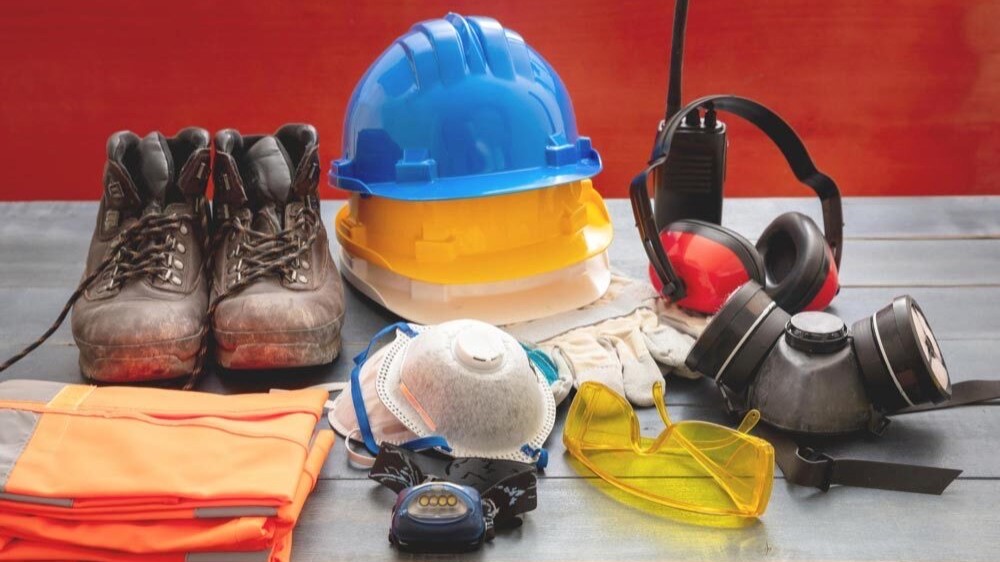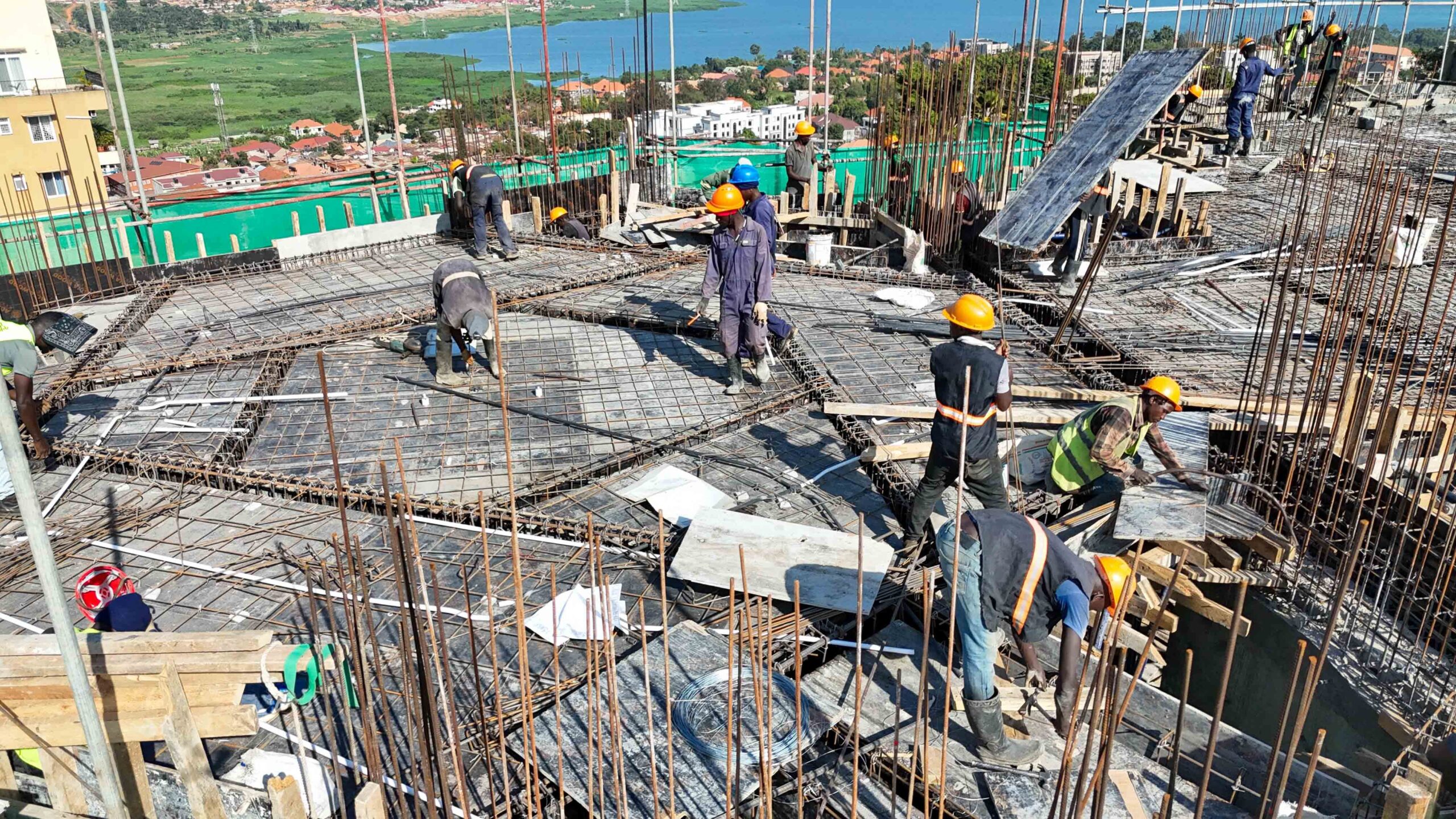In architecture, our responsibility doesn’t end with design. We shape environments where people live, work, and build — and that includes ensuring safe exposure to the materials and processes we specify or use on site.
One often-overlooked concept that plays a crucial role in occupational safety during design and construction is the Threshold Limit Value (TLV).
What Is a Threshold Limit Value (TLV)?
A Threshold Limit Value (TLV) represents the maximum level of exposure to a chemical substance or physical agent that workers can experience day after day without adverse health effects.
These values are defined by the American Conference of Governmental Industrial Hygienists (ACGIH) and serve as a global benchmark for workplace safety. While not legally enforceable, they are used by architects, engineers, and contractors as a scientific guideline to design safer spaces and plan construction activities responsibly.
TLVs in the Context of Architecture
In architectural practice, TLVs come into play in multiple stages of a project — from material selection and site planning to construction safety and post-occupancy operations.
Here’s how they relate to what we do:
- During Design and Material Selection
- During Construction
- In Building Services and Maintenance
- For Sustainable and Healthy Design
Types of TLVs Relevant to Architectural Practice
TLV TypeDescriptionArchitectural RelevanceTLV–TWA (Time-Weighted Average)Safe average exposure over an 8-hour workdayUsed for daily exposure to construction dust, paints, or adhesivesTLV–STEL (Short-Term Exposure Limit)Safe exposure limit for 15 minutesHelps during brief but intense activities like spray painting or solvent useTLV–Ceiling (TLV–C)Exposure that should never be exceededImportant for strong irritants like ammonia or hydrogen sulfideTLVs for Physical AgentsIncludes noise, vibration, heat, and light exposureUsed for acoustic design, thermal comfort, and construction ergonomics
Understanding these categories allows architects and site planners to collaborate effectively with safety consultants and mechanical engineers.
Why Architects Should Care About TLVs
1. Health-Centric Design
As designers of spaces, architects are also designers of human experience and safety. By integrating TLVs early in the design phase, we help reduce exposure risks — not just for end users, but for construction teams as well.
2. Informed Material Selection
Selecting materials that emit chemicals below TLV concentrations contributes directly to better indoor air quality and occupant well-being.
3. Construction Site Safety
Knowing TLVs aids in setting site safety standards, such as proper ventilation, protective gear, and exposure monitoring — especially in enclosed or high-dust environments.
4. Sustainability and Compliance
TLVs are embedded indirectly in sustainability frameworks like LEED, IGBC, and WELL Building Standards, which reward projects for minimizing exposure to hazardous compounds.
5. Liability and Professional Responsibility
Ignoring occupational exposure limits can lead to legal liability if workers or occupants suffer harm. Awareness of TLVs shows due diligence and strengthens the architect’s role as a responsible professional.
Real-World Scenarios
Example 1 – Paints and Adhesives: An architect specifies an interior paint system. By referring to TLVs for toluene (50 ppm) and xylene (100 ppm), they choose low-emission products to prevent unsafe VOC accumulation indoors.
Example 2 – Stone Cladding Work: Cutting granite releases silica dust. The TLV for crystalline silica is 0.025 mg/m³ (respirable fraction). This helps the site team decide on wet cutting, mask use, and dust extraction systems.
Example 3 – Noise and Vibration: While TLVs often refer to chemicals, physical agents like noise (85 dB over 8 hours) also fall under exposure limits. Architects designing factories or workshops can integrate acoustic barriers or quieter machinery layouts.
Integrating TLVs into Architectural Practice
- Collaborate with Safety Consultants and MEP Engineers Early design discussions should include occupational hygienists who understand TLVs for relevant materials.
- Specify Low-Emission and Certified Materials Choose products verified by GREENGUARD, Green Seal, or similar programs referencing TLV-based testing.
- Include TLV Data in Material Submittals Encourage contractors to share TLV and MSDS (Material Safety Data Sheet) information during tender or material approval.
- Design for Ventilation and Air Dilution Ensure spaces where chemicals are used (e.g., workshops, parking areas, service rooms) have ventilation rates adequate to maintain concentrations below TLVs.
- Post-Occupancy Evaluation Conduct IAQ testing after completion to confirm compliance with TLV-based guidelines and provide confidence to occupants.
TLVs: A Bridge Between Design and Safety
Ultimately, Threshold Limit Values are not just numbers in a safety manual — they represent the threshold between a healthy work environment and a potentially hazardous one. For architects, understanding TLVs bridges the gap between creative design and occupational safety, ensuring every project we deliver is both aesthetic and responsible.




